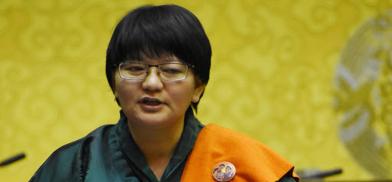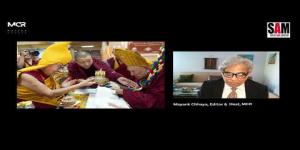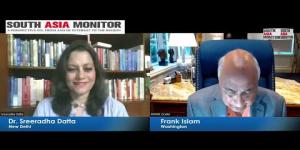Local transmission inevitable in Bhutan: Health minister
Community or local transmission of the COVID-19 pandemic is inevitable in Bhutan. According to Health Minister Dechen Wangmo, it is only a matter of when and how

Community or local transmission of the COVID-19 pandemic is inevitable in Bhutan. According to Health Minister Dechen Wangmo, it is only a matter of when and how. More than three months after Bhutan detected its first COVID-19 positive case, the country has not had a single incident of community transmission.
But then, during her recent visit to the south, the minister said the risk was ‘very high’, especially in the border town and communities. Positive cases across the border have been growing at an alarming rate of over 300 percent daily.
However, Lyonpo said that should there be a community transmission, the country had a ‘fairly good’ system in place to handle the situation. “We already have a containment strategy in place. We’ve carried out a simulation and know how to deal with the cases in the event of a community transmission.”
With an efficient tracing system in place and scaled-up preventive measures, she said she was optimistic. However, she said that to effectively contain community transmission was not the sole responsibility of the health ministry.
She said that if people sincerely practised preventive measures, such as hand washing and maintaining good hygiene, avoiding unnecessary travels and wearing masks in the public areas, even if there was a community transmission it could be contained effectively.
“What is very important is that every individual must be responsible. All that the ministry and government can do is request people to follow the advisories. If we have to break the chain of transmission, we must all take the responsibility seriously.”
Differentiated risk modelling
In light of the relaxation in the region and across the border and with the increasing cases in the region, the minister said that it was a good time for the country to reflect on the critically important health protocols, ratchet up and improve on the existing systems.
She said that it was critical to epidemiologically identify high, medium and low risk areas with a differentiated risk model because not all the 20 dzongkhags had the same risk from the pandemic.
With the differentiated model, certain relaxation would come based on the risk the respective dzongkhags could face.
Lyonpo said that traditionally the risk assessments were based on the number of cases in a particular area. However, the numbers of cases are determined by the rate of testing.
She said that for Bhutan, because there was no local transmission, the risk was from importation, the possibility of the disease coming in from importation through the border.
“Based on this, it is the border towns that have the highest risks. That is why we would be putting in more restrictions there but, more than the restrictions, it is important to provide more services along the borders,” she said.
Based on the ministry’s 3T strategy, Lyonpo said that aggressive testing would be done with change in the testing protocols along the border areas. “We will now randomly test communities in close contact and test everyone in the community.”
Mobile populations like the drivers and those who visit flu clinics with flu-like symptoms and health and frontline workers will all be tested.
In the event of community transmission, Lyonpo said that the strategy would change from prevention to containment.
The second T—tracing—will be more pronounced in the containment phase. Besides using the Druk Trace app, focal persons in the communities will be identified so that people can report, which would further enhance the tracing capacity.
Lyonpo said that health workers were trained and adequate personal protective equipment (PPE) was deployed to the high-risk areas.
The second testing facility in the south is expected to come up in Gelephu this week.
With an average of about 300 tests per day, Bhutan has one of the highest COVID-19 testing rates (test per million) in the world today.
As of yesterday, the health ministry had conducted 15,217 rapid diagnostic tests and 7,737 PCR tests.
https://kuenselonline.com/local-transmission-inevitable-health-minister/









Post a Comment